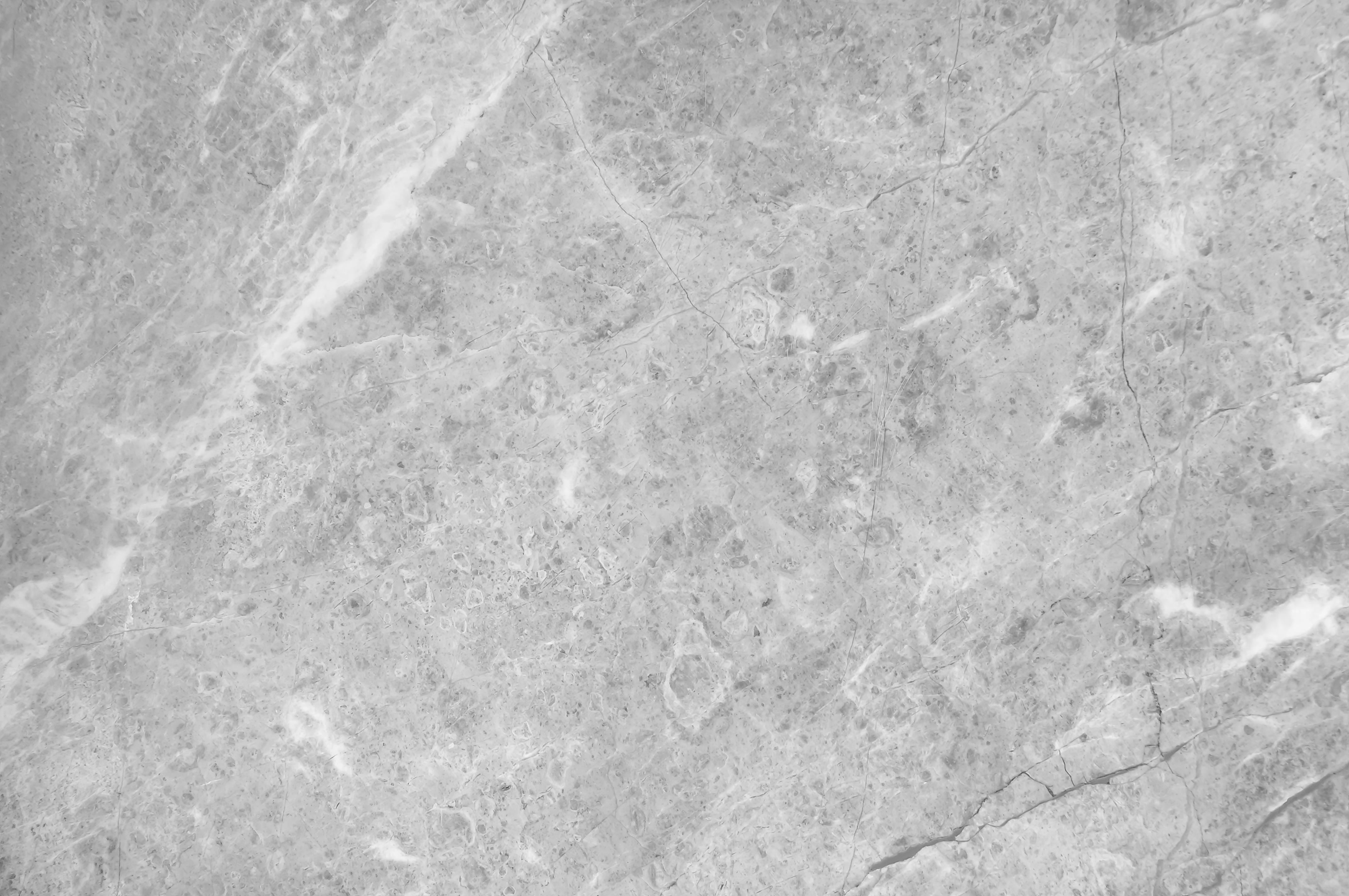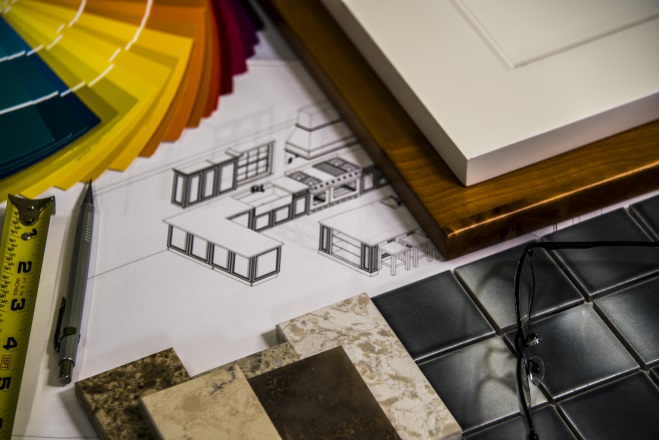Countertops in Pittsburgh, PA, are a great way to enhance the look and functionality of your kitchen or bathroom. When you are shopping for a countertop, you may spend some time thinking about the material, its colors and patterns, and the layout of the finished product. One overlooked detail is often the edge treatment. In this post, we will talk about why it might matter to factor the edge into your remodeling plans.
The edge treatment is as the border of your counter. It is a common design element for counters that use stone or engineered stone. The edges can be thought of as a design element. While they may not feel impactful on their own, they can either pull an interior design together or can break up the overall harmony when you view the kitchen or bathroom as a whole.
There are many types of edge treatments. The most popular include:
Square: Simple and clean-lined edges meant to resemble a square. This treatment includes “kerfs,” which soften the edges. As a result, a square edge can mitigate the impact of accidents and also protect the counter from chips and cracks.
Beveled: A beveled edge, also known as a chamfer, is an edge style where the top corner of the counter is cut to a 45-degree angle. This type of treatment is a popular style for bathrooms, as it imparts an elegant theme. It also makes a strong design statement.
Mitered: A mitered edge joins the horizontal top piece of a counter with the vertical apron piece. This forms a square joint. A mitered treatment allows the countertop to take on the appearance of a thick, heavy slab without utilizing more materials. If you want to create a countertop that looks thick, heavy, and expensive, then a mitered edge may work for you.
There are many more types of edge treatments available on the market. When designing your dream countertops, it is important to work with an experienced contractor so that you are aware of your options.













